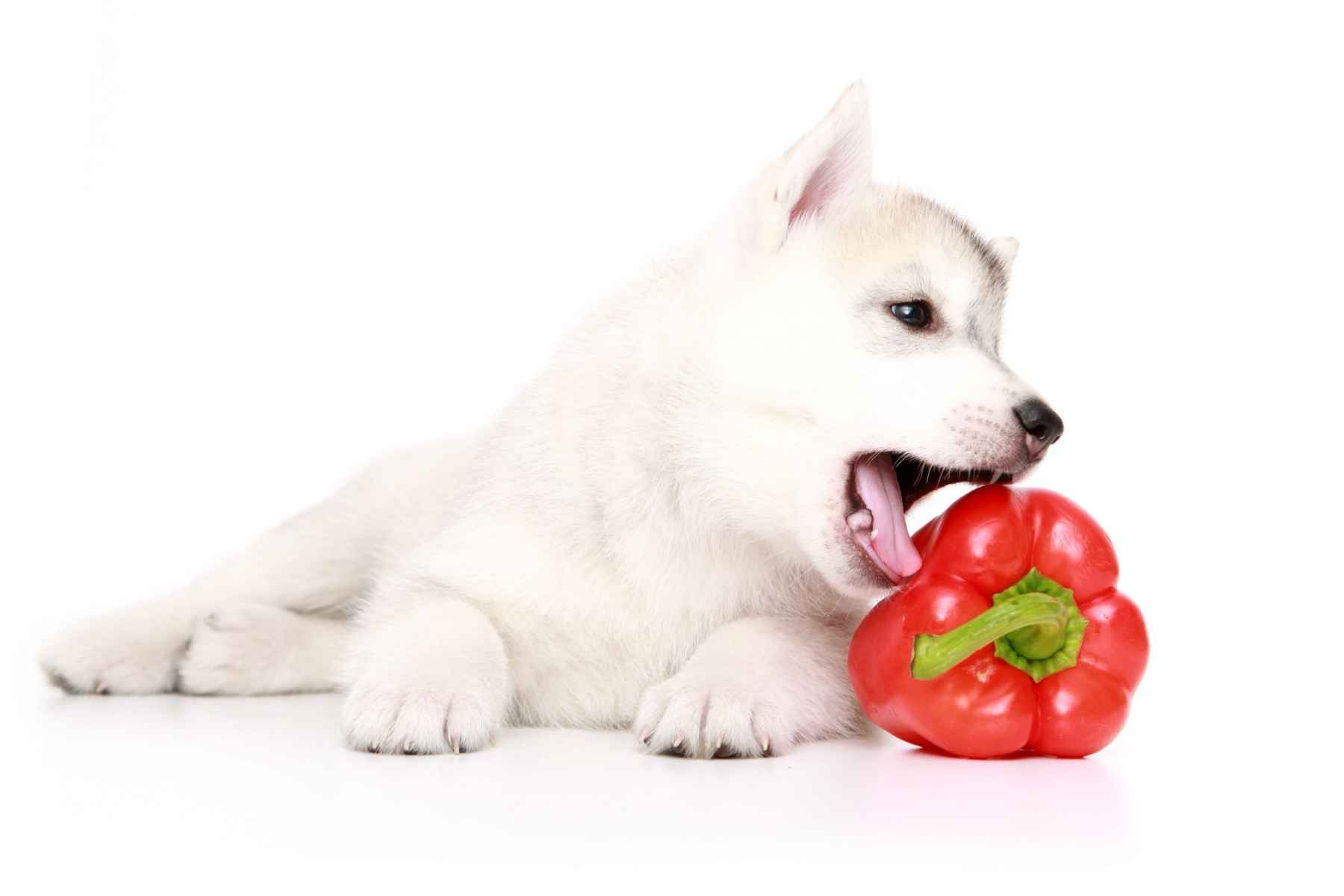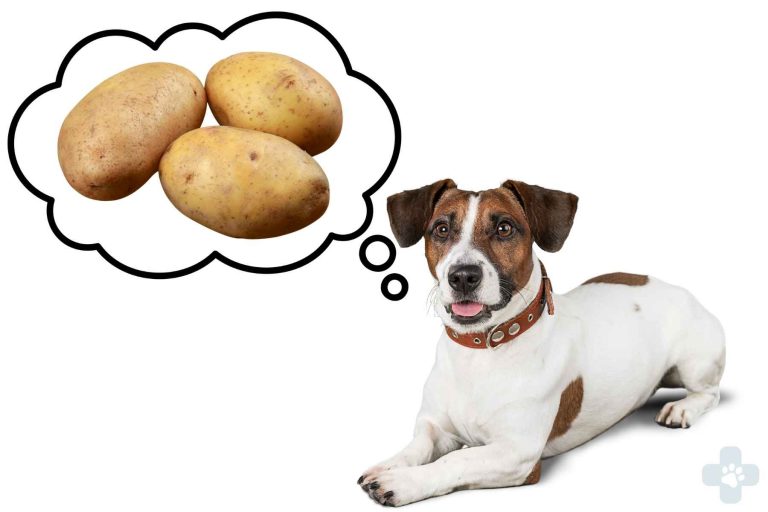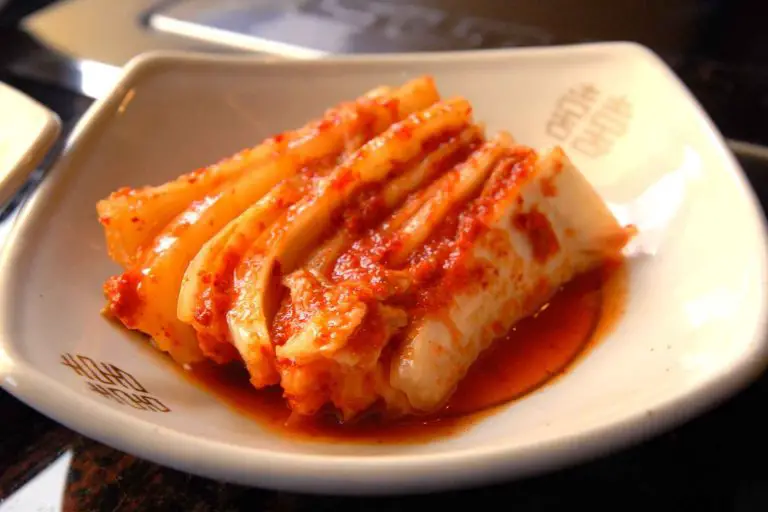Can Dogs Eat Bell Peppers?

The sweet crunch of bell peppers is something that many people love. So naturally, you might wonder if your canine friend can enjoy them too.
Dogs can generally eat bell peppers as a healthy snack as long as they’re not salted or seasoned. However, most experts recommend feeding your canine only the red variety since they pack the most nutritional value. Pureed and steamed bell peppers are the easiest for dogs to chew and enjoy.
This article delves into everything you should know about feeding dogs sweet bell peppers. That way, you can ensure your canine enjoys this treat in the healthiest ways possible.
What Kinds of Bell Peppers Can Dogs Eat?
Believe it or not, dogs can enjoy all kinds of bell peppers—whether they’re green, orange, or yellow.
But that being said, you should try to feed your pet only the red kind. There are a couple of reasons for this.
The first and most important is nutrition. While all varieties are healthy, research suggests red bell peppers deliver the most vitamins and minerals. This is because they stay on the vine longer than other types of bell pepper.
Additionally, dogs tend to like red bell peppers more than other kinds. Their super sweet taste wins over many pets who might otherwise not enjoy veggies or fruit. And it’s hard to beat a treat that’s tasty and healthy.
However, all that doesn’t mean you can’t give your canine other types of sweet pepper. Your furry friend may even prefer some varieties that most dogs don’t enjoy.
But no matter what kind you feed them, ensure you don’t season or salt this vegetable. These additives are often bad for your dog’s health. Furthermore, pureeing or steaming the peppers can make it easier for your dog to chew them.
Are Bell Peppers Healthy for Dogs?
Bell peppers are an excellent source of nutrition for dogs. They’re packed with tons of crucial vitamins and minerals. Plus, they can give pets suffering from digestive issues some much-needed fiber.
Here are some of the nutrients in bell peppers—and why they’re good for your pup:
- Vitamin C: This antioxidant assists in collagen production, preventing hip issues and joint inflammation.
- Iron: Your canine’s body uses iron to create red blood cells, thus improving circulation. As a result, it makes your pet more energetic and vivacious.
- Folate (Vitamin B9): This vitamin is critical to your canine’s metabolism and immune system.
- Vitamin A: In addition to supercharging your dog’s immune system, vitamin A also promotes healthier skin and hair.
- Manganese: Manganese ensures that your dog has a healthy metabolism. It can also improve ligament and tendon strength.
- Vitamin B6: Vitamin B6 helps your pet maintain eye and heart health. Even better, it reduces the chances of cognitive impairment and boosts brain function.
How To Prepare Bell Peppers for Dogs
When preparing bell peppers for your pet, less is more.
In other words, don’t over-prepare or season the bell peppers you intend to feed your dog. The more salty and oily ingredients you add, the less healthy it’ll be for your canine.
Instead, keep things simple. Try getting your canine to munch on slices of fresh, plain bell pepper. In addition to tasting delicious, these vegetables have a satisfying crunch that many dogs love.
Some pets may struggle to chew through the tough outer skin of the bell pepper. If that’s the case for your canine, consider steaming this snack first. Doing so softens the vegetable without taking away any nutritional value.
Another way to make bell peppers easier to eat is by pureeing them. This technique is helpful if your pup is picky about textures. Plus, you can add the puree as a healthy topping to other snacks.
As a final note, it’s a great idea to remove the pepper stem and any seeds. Otherwise, they may bother your pet’s stomach.
Bell Pepper Recipes for Dogs
Curious how you can incorporate bell peppers into your dog’s diet? Then you’re in luck—because there are several healthy meals you can whip up with these delicious vegetables.
Here are some bell pepper recipes for dogs:
Bell Pepper Breakfast
Ingredients
- 1 scrambled egg (no salt or seasoning)
- ¼ of a red bell pepper
Preparation
- Scramble 1 egg in a pan or microwave. Don’t use oil or salt.
- Dice ¼ of a red bell pepper after removing the stem and seeds.
- Mix the egg and pepper.
Stuffed Pepper Delight
Ingredients
- ½ of a red bell pepper
- ¼ pound of lean ground beef or turkey
Preparation
- Slice off ½ a bell pepper and remove the stem and seeds.
- Cook the lean ground beef or turkey. Avoid using salt and oil.
- Allow the meat to cool.
- Scoop the meat into the pepper and serve.
- For smaller dogs, cut the serving in half.
Sweet Pepper Chicken Bowl
Ingredients
- ¼ of a red bell pepper
- ¼ of a pound of chicken (shredded)
- ½ cup of white rice
Preparation
- Dice ¼ of a red bell pepper after removing the stem and seeds.
- Steam the rice.
- Cook the chicken without adding oil or salt.
- Mix all ingredients in a bowl and serve.
How Much Bell Pepper Can Dogs Eat?
Moderation is key when it comes to bell peppers. While they make a healthy snack, these veggies generally shouldn’t dominate your pet’s diet.
A good guideline to go by is the 10% rule. Basically, it states that treats should only make up 10% of your pet’s daily diet. That way, your dog can get balanced nutrition with quality dog food and avoid overeating.
However, bell peppers are healthier than most store-bought treats. So it’s generally okay if your dog consumes more than that amount.
Additionally, it’s best to introduce bell peppers to your pet gradually.
Fruits and vegetables can upset a dog’s tummy—especially if they haven’t tried them before. So start with a few small pieces first. Then wait to see how your canine friend does.
Assuming there isn’t a problem, you can try giving your pooch whole slices next time.
Medium and large-sized dogs should have half a pepper at most. Meanwhile, smaller dogs are better off with a quarter or less.
Can Dogs Eat Other Kinds of Pepper?
Interestingly, sweet bell peppers are the only kind of peppers that dogs can safely enjoy. And the primary reason why is capsaicin—a mildly toxic chemical that gives other varieties their spicy taste.
If you love spicy food, it may surprise you to learn that capsaicin is supposed to deter you. Peppers produce the chemical to create a burning sensation that stops most mammals from eating them. And if your dog consumes too much of it, they’ll get sick.
Here are some symptoms dogs may experience when ingesting capsaicin:
- Nausea and vomiting
- Drooling
- Excessive panting
- Conjunctivitis (watery, swollen eyes)
- Diarrhea
- Convulsions
- Pain
So while you may enjoy jalapenos, feeding them to your pet is a terrible idea. Instead, stick to serving them only unseasoned, sweet bell peppers.
If your pet ever accidentally munches up a chili, call your vet immediately.
Risks of Feeding Your Dog Bell Peppers
Generally speaking, sweet bell peppers are a healthy snack most dogs can enjoy. However, there are risks that this food may pose to your pet.
First and foremost is allergies. Very rarely, dogs can be allergic to peppers and become ill when exposed. So call your vet immediately if your canine’s face swells after trying this treat. Or if they suddenly act very itchy.
Another issue is that bell peppers may cause an upset stomach—especially if your pup doesn’t eat veggies much. Usually, this will result in your pet vomiting or having diarrhea. As a result, only give your dog small amounts until you’re sure they handle it well.
Thankfully, sweet bell peppers usually won’t cause your pup any problems. Nonetheless, it’s crucial you look out for these signs to save your canine friend any discomfort.
Alternatives to Bell Peppers for Dogs
If your pup loves bell peppers, they may also enjoy other crunchy veggies and fruit. Plus, more food variety can be exciting and enriching for dogs.
Below are some treats similar to bell peppers that are healthy for dogs:
- Carrots: You might think that carrots are a snack meant for rabbits. But as it turns out, they’re just as healthy for dogs as they are delicious.
- Snap peas: Many canines find the loud crunch of sugar snap peas satisfying. Not to mention these legumes are chock-full of antioxidants.
- Celery: This low-calorie snack can help freshen your pet’s breath. If you add peanut butter on top, it will quickly become your canine’s favorite treat.
- Cucumber: Cucumbers are about 96% water, making them a super hydrating treat on hot days. And most dogs love how crunchy they feel.
- Apples: These delicious fruits are chock full of fiber and vitamin A. Plus, canines enjoy how crisp and juicy they are.
Final Thoughts
When prepared correctly, bell peppers are a delicious and nutritious snack for dogs. In addition to packing vitamin C and iron, they give your pup some crucial dietary fiber.






